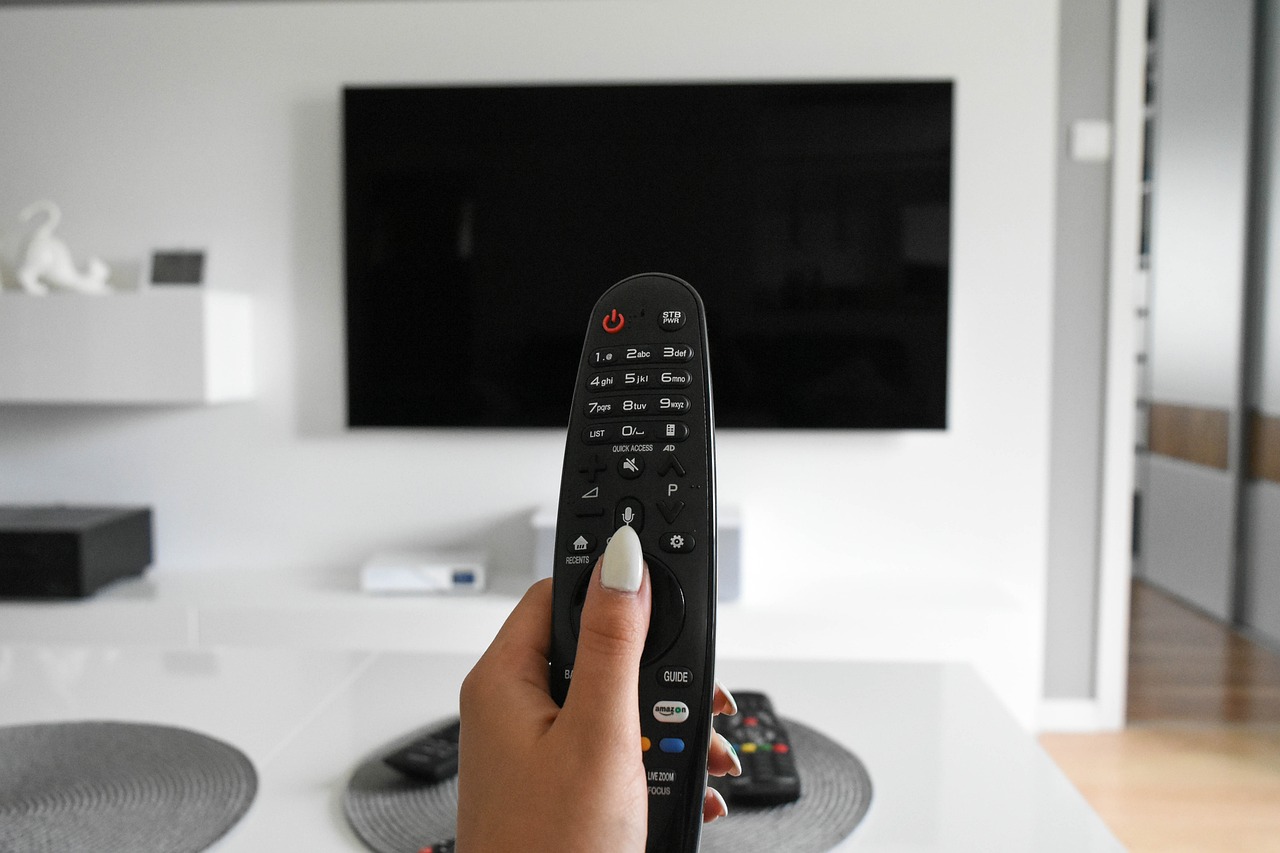People's attention spans have shrunk and marketers are literally fighting for seconds. What should creatives reach for and what should they try to engage with to make an ad have any impact at all?
In 2015, the news swept the internet that our ability to concentrate was about equal to that of maximum goldfish. While this is a simplistic generalisation, the truth of which is rightly debated, the example stuck and still illustrates the reality that many viewers, readers and users feel for themselves.
We don't have to go far for real data that confirms this trend. Psychologist Gloria Mark at the University of California, who has been studying human attention for more than two decades, found that we only last 47 seconds with specific content on a screen. Yet back in 2003, it took us an average of two and a half minutes to click elsewhere.
You can probably imagine how marketing campaigns fare in the inattentive digital age. According to Australian professor Karen Nelson-Field, who has spent most of her professional life in marketing research, we actively focus on 85% of ads for just two and a half seconds. In activation campaigns, that's not necessarily bad, but it's not enough for long-term brand building.
So more than ever, marketers need to make sure their ad captures a customer's unquenchable attention before it irrevocably moves on to other, even more digestible content.
"Fortunately, not only marketing theory, but more importantly, the real-world data we've collected over more than a decade provides practical examples of how to engage audiences in their campaigns," says Vojtěch Prokeš, head of research at Behavio Labs. "We repeat this to clients almost constantly - the final packshot really isn't enough to make a brand memorable. You have to put your brand right at the beginning of the campaign," he says. If you show the branding towards the end, you run the risk of the viewer already doing something else.
But the placement of branding also plays an important role, according to Prokes. "We recently started testing creatives at Behavio using heatmaps to show where people are looking the most when watching a campaign. They work great as a guide to where to place branding to make it most effective."
According to Prokes, the data shows that people are focusing their attention primarily on faces, entertainment elements or things in motion. But at the same time, the heatmaps show that when branding is not in close proximity to these "epicenter of attention", viewers simply miss it. "Branding is not just about putting that logo as big as possible on the screen, but also placing it cleverly," he adds.
Or it may not be a logo at all, but one of the brand symbols. If you serve up meatballs in an ad or hang iconic price tags, viewers are likely to understand that they're watching an Ikea ad. But even the Swedish furniture giant doesn't rely on chance to develop its campaigns.
"We felt that our brand could be even more prominent in the campaign, but the heatmaps showed us that our branding is exactly where it attracts the viewers' attention," says Iva Pohlová, Marketing Communications Manager at Ikea, describing the preparation of the advertising campaign. "The results not only confirmed our expectations, but we were also pleasantly surprised by how effectively our branding elements worked," she adds.
There is no exact guide on how to engage in record time to convey both the message and the brand to the audience at the same time, but according to Prokeš, it pays to stick to one thing in particular - consistency. "The longer, more systematically and imaginatively you use your brand symbols, the faster and more effectively you can convey what you need to. And if you're not sure if it's really working, it can always be measured relatively cheaply," he concludes.
Written by Vojtěch Prokeš, research director and co-founder of Behavio Labs
Source: mediaguru.cz

